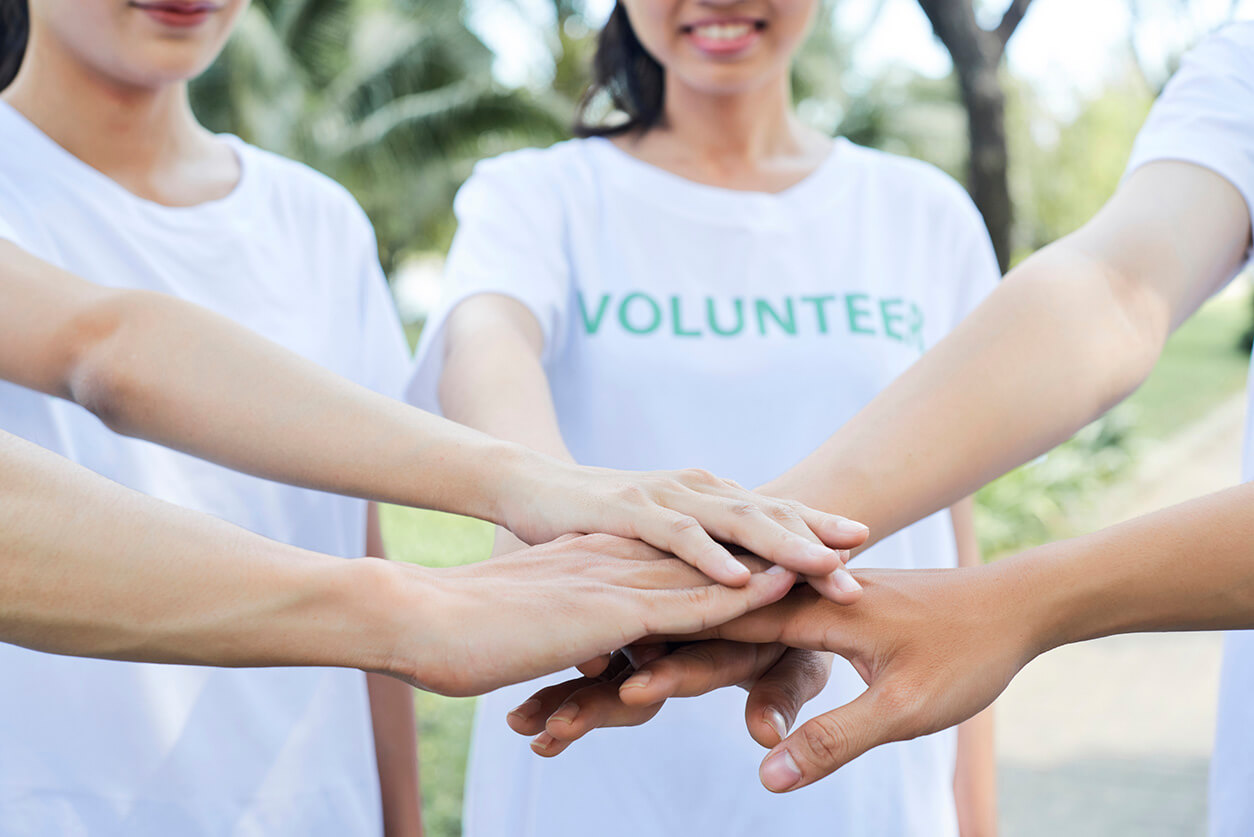We had the opportunity to chat with Natalie Parscher, Vice President for Communications and Marketing at the Columbus Foundation, about the success of their most recent fundraising campaign, The Big Give.
The Columbus Foundation launched the fundraiser in 2011 and holds it every 2-3 years. The event is held online and allows donors to give to their choice of over 1,000 organizations in the mid-Ohio region. By using the Big Give as a platform for giving, donors are able to ensure that 100% of their donation goes to their selected non-profit(s). On top of that, the organizations will be eligible for additional funds from a bonus pool from foundation donors, which totaled $2 million this year.
This year’s campaign was particularly remarkable because in just 32 hours, the campaign raised over $32.5 million. The fundraiser also boasted a wide-reaching donor pool, with 20,000 donors from all 50 states and 12 different countries. Read on to learn how the Columbus Foundation was able to run such a successful campaign.
Communication is key
The coronavirus pandemic posed big challenges for non-profits, as the need for support became much greater and many donors faced financial hardships of their own. The Columbus Foundation was able to appeal to donors during such a trying time by applying every communication tactic at their disposal. They utilized everything from email, social media, blog posts, radio ads, to media partnerships with local TV stations, news media outlets, and smaller community publications. In addition to the promotion that the Columbus Foundation did, participating non-profits had their own marketing campaigns that drove engagement with their donors. The overlap of foundation and non-profit communications that donors received helped generate even greater excitement in the community.
The timing of these communications also played a key role. The Columbus Foundation announced in February that the campaign would take place on June 10-11, with the active marketing phase to take place 4-5 weeks prior to the event. They intentionally made the announcement earlier than ever before in order allow participating organizations to plan their fundraising activities around the Big Give. The longer timeline allowed for non-profits to develop a better strategic approach. On top of the typical challenges they face, most organizations couldn’t hold their signature fundraisers during the pandemic, so it was extremely important to get the word out about this year’s Big Give campaign.
Know and maintain relations with your donor pool
The only organizations that are eligible to receive donations as part of the Big Give are located in central Ohio, but the donor pool of the campaign stretched across the country and internationally. It’s no easy feat to engage supporters who aren’t local. The donor services team at the Columbus Foundation worked hard to keep touch points open with donors all over the world, continually letting them know of different opportunities to give. When the foundation made the campaign announcement back in February, not only did it give non-profits an opportunity to plan their campaign around the Big Give, it gave donors a chance to plan as well. As a result, many donors who may have been planning on making a gift earlier in the year waited to contribute to the Big Give in June so their gift had the potential to make a larger impact by qualifying for the bonus pool.
The current environment plays a role in donor behavior
While some of the Big Give’s top non-profit recipients typically have a large donor base, others have gained traction based on the current environment. Organizations that were on the front lines of fighting racism or responding specifically to COVID and were recommended by the Columbus Foundation generated top dollars this year. The Columbus Urban League and YWCA Columbus are examples of organizations that received this huge boost. This year, the Columbus Urban League generated almost $480,000, while in 2017 they raised around $32,000. The YWCA raised over $530,000 compared to the $135,000 they raised in 2017. Another key element of the Big Give’s success was that people were just looking to give during such a devastating time. These organizations’ great needs were met by great generosity from the community.
Show donors why their gift matters
Communicating the “why now” and “why this event” is critical to getting high levels of engagement. The Columbus Foundation was able to engage donors in the Big Give by communicating the tangible benefits of the campaign. They conveyed to supporters that by utilizing the Big Give as the preferred vehicle to give on that day, donors could tap into the bonus pool. Their transaction fees were covered by the foundation, so all of their money went directly to the organization they were supporting. As a result, donors were able to give in a way that made sense financially while also receiving the “feel-good” benefits.
The foundation also cultivated good relationships with quite a few of businesses in the community. Many of those businesses partnered with the foundation to do promotional rewards. As a result, anyone who donated as little as $20 got a package of rewards from these local businesses, which was valued at well over $20. This proved to be another nice incentive for donors.
Loyal donors will show up
The Columbus Foundation’s website actually crashed because they had so many people log on to donate in the first 60 seconds of the event. For the first three hours of the event, the foundation couldn’t process more than approximately 10% of the donations that were trying to come through. On top of that, it was hard to rectify the problem because the incoming donation traffic would not let up. Yet donors were not discouraged. They refreshed their browsers and kept trying to get through. $5 million was still raised in the first four hours. Instead of feeling frustrated, donors were excited that their generosity had crashed the website.
The success of the 2020 Big Give campaign can be attributed to effective and timely communication, staying in tune with donor intentions, and actively showing donors why their gift mattered. This goes to show how much careful planning and well-thought out strategy can impact a campaign – even when current events make it more difficult than usual to fundraise. While the number of partnerships and participating organizations made the scale of the Big Give larger than most other fundraisers, any non-profit can apply these tactics to run their own successful campaign.
Manning & Napier is not affiliated with the Columbus Foundation. The information in this paper is not intended as legal or tax advice. Consult with an attorney or a tax or financial advisor regarding your specific legal, tax, estate planning, or financial situation.



